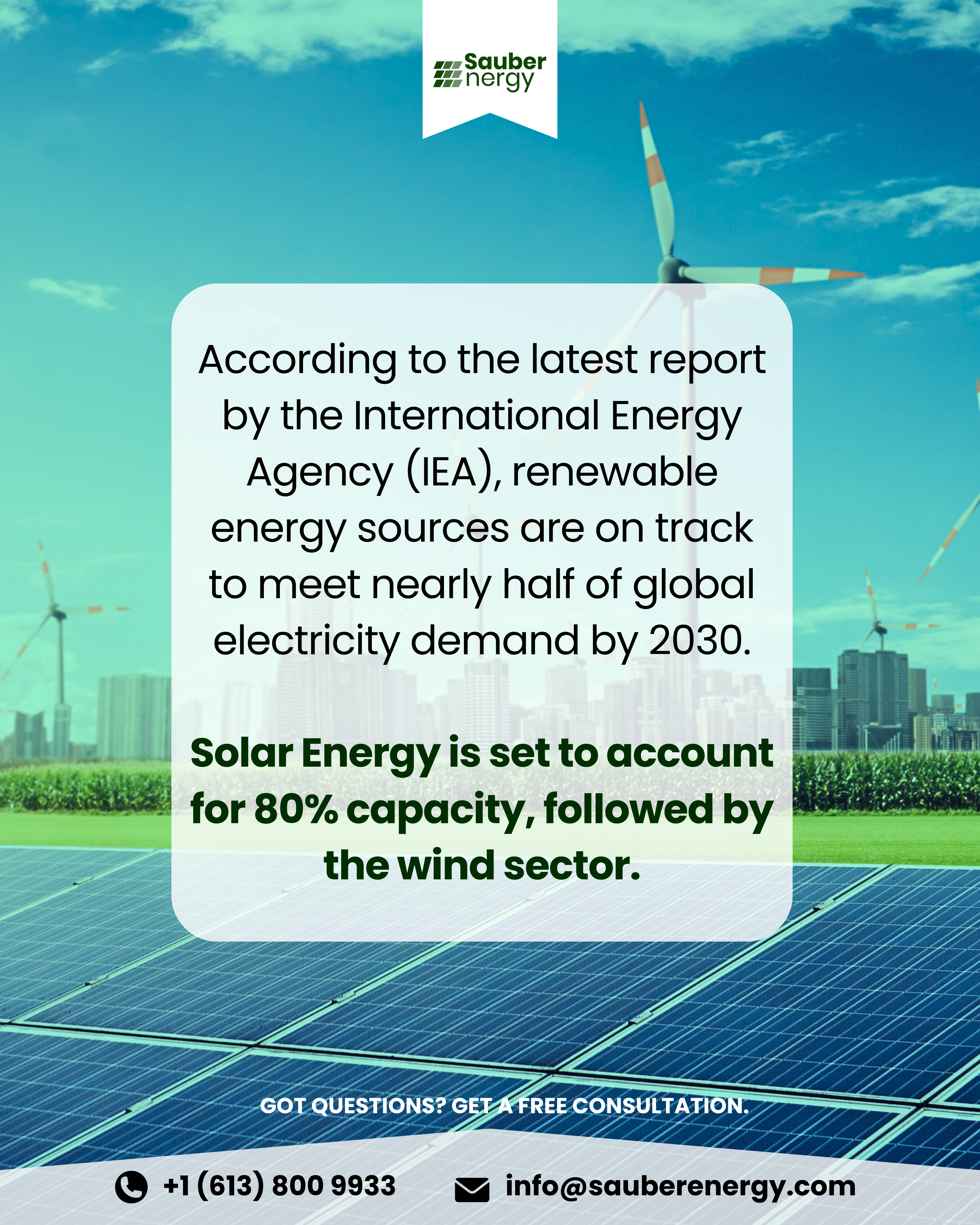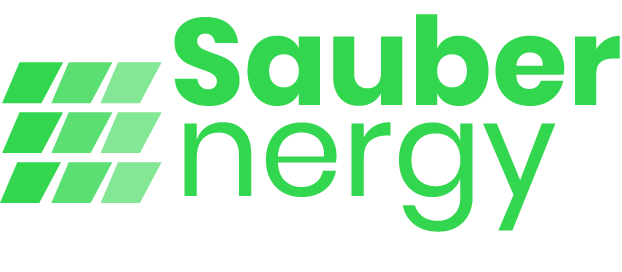As we look toward a more sustainable future, the latest report from the International Energy Agency (IEA) reveals exciting developments in the renewable energy sector. By the end of the decade, renewable energy sources are projected to meet nearly half of global electricity demand. This significant growth represents a transformative shift in how we power our world, but it also highlights the challenges we must address to meet ambitious climate goals.

A SURGE IN RENEWABLE CAPACITY
According to the IEA’s Renewables 2024 report, the world is set to add over 5,500 gigawatts (GW) of renewable energy capacity by 2030. This increase is nearly three times the growth observed between 2017 and 2023. To put this into perspective, the added capacity is equivalent to the current power output of China, the European Union, India, and the United States combined.
While this surge in renewable energy is encouraging, it falls short of the United Nations’ goal to triple renewable capacity in order to significantly reduce carbon emissions. Meeting this target will require intensified efforts from governments and the industry to integrate renewable sources into power grids.
INFRASTRUCTURE CHALLENGES
For the world to successfully triple renewable capacity, substantial investments in infrastructure are essential. The IEA emphasizes that governments need to modernize and expand 25 million kilometers (15.5 million miles) of electricity grids and achieve a storage capacity of 1,500 GW by 2030. This is no small feat and will demand coordinated efforts across various sectors.
THE RISE OF SOLAR ENERGY
One of the most noteworthy trends in the renewable sector is the dominant role of solar energy. The report indicates that solar photovoltaic (PV) technology will account for an astounding 80% of the growth in renewable capacity by 2030. The wind sector is also expected to double its expansion rate compared to the previous six years, indicating a broader shift toward diverse renewable sources.
As global solar manufacturing capacity is projected to exceed 1,100 GW by the end of 2024—more than double the estimated demand—this supply surplus has led to decreased solar module prices. While this price reduction benefits consumers, it also poses financial challenges for many manufacturers, leading to concerns about their profitability.
GOVERNMENTS RISING TO THE CHALLENGE
Despite the ambitious U.N. targets, many countries are already on track to meet or surpass their renewable energy goals. According to the IEA, 70 nations—which collectively account for 80% of global renewable power capacity—are expected to reach these targets by 2030. This progress demonstrates that while the challenge is significant, the commitment to renewable energy is stronger than ever.
As IEA Executive Director Fatih Birol noted, “Renewables are moving faster than national governments can set targets.” This momentum is driven not only by efforts to reduce emissions and enhance energy security but also by the fact that renewable energy sources have become the cheapest option for new power generation in most countries.
EMBRACING THE FUTURE OF ENERGY
The renewable energy landscape is evolving rapidly, with significant capacity growth on the horizon. However, to fully realize this potential and meet global climate goals, we must address the infrastructure challenges and investment needs head-on. The path forward is clear: we need stronger integration of renewables into our power systems and continued innovation in energy storage and grid modernization.
Let’s embrace the challenges and opportunities ahead, and work together toward a sustainable future powered by renewable energy. The time to act is now!




